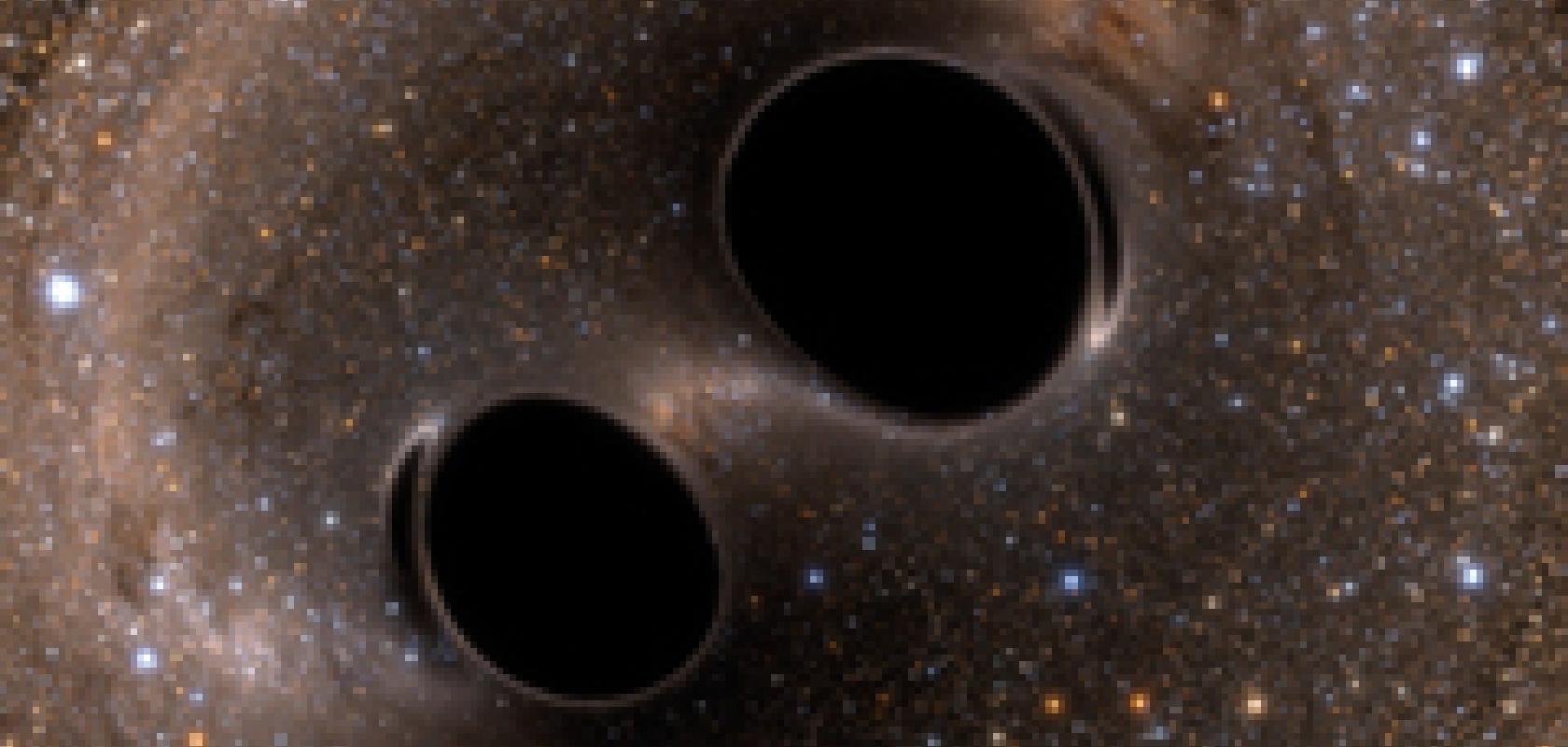Dr Eugene Arthurs, CEO of SPIE, the optics and photonics society, has congratulated the LIGO team during a plenary session at Photonics West on sucessfully detecting gravitational waves.
The Laser Interferometer Gravitational-Wave Observatory (LIGO) announced that it had detected gravitational waves at the beginning of February. The work has been described as one of the most important astrophysical observations since the discovery of cosmic microwave background radiation, the oldest light in the Universe.
‘SPIE would like to congratulate this extraordinary breakthrough,’ Arthurs said during the Lase session at Photonics West, the trade fair for optics and photonics technologies that took place in San Francisco from 16 to 18 February.
In particular, Arthurs pointed to the teams who worked to improve the laser and interferometer technologies on the LIGO instrument, ‘who painstakingly and patiently pursued this project without any real… results for so long.
‘We now have a new laser-based tool and plans to increase this for an entirely new form of astronomy,’ Arthurs said.
A prediction of Einstein’s Theory of General Relativity, gravitational waves carry information about the nature of gravity that cannot otherwise be obtained. According to Einstein, gravity ‘bends’ space-time, and this effect increases the larger an object is. The phenomenon can be compared with waves that form in front of a moving ship; when massive objects move, they create an oscillation in space-time, or gravitational waves.
The gravitational waves were detected by LIGO on 14 September 2015, and were generated when two black holes merged to produce a single, more massive spinning black hole. This collision of two black holes had been predicted but never before observed, and is one of the few events thought powerful enough to produce gravitational waves that can be detected. The two black holes observed by LIGO were roughly 150km across, with a mass of around 29 and 36 times that of the Sun. It is estimated that the collision happened 1.3 billion years ago.
The new LIGO discovery is the first observation of gravitational waves, made by measuring the tiny disturbances the waves make to space and time as they pass through the Earth.
‘Our observation of gravitational waves accomplishes an ambitious goal set out over five decades ago, directly to detect this elusive phenomenon and better understand the universe,’ said David Reitze, executive director of the LIGO Laboratory.
Two independent and widely separated observatories were used to detect the gravitational waves – one in Hanford, Washington and the other in Livingston, Louisiana – in order to determine the direction of the event causing the waves, and to verify that the signals came from space and not from the Earth.
At each observatory, a 4km long L-shaped LIGO interferometer uses laser light split into two beams that travel back and forth down the arms – 1.2m diameter tubes kept under a near-perfect vacuum. The beams are used to monitor the distance between mirrors precisely positioned at the ends of the arms. According to Einstein’s theory, the distance between the mirrors will change by an infinitesimal amount when a gravitational wave passes by the detector. A change in the lengths of the arms smaller than one-ten-thousandth the diameter of a proton (10-19m) can be detected.
The discovery, which will be published in Physical Review Letters, has a statistical significance of 5.1 sigmas, meaning that there’s only one chance in almost six million that the result is an accident or coincidence.
The findings were made possible by the enhanced capabilities of Advanced LIGO, a major upgrade that increases the sensitivity of the instruments compared to the first generation LIGO detectors, enabling more of the universe to be probed – and the discovery of gravitational waves during its first observation run.
LIGO research is carried out by the LIGO Scientific Collaboration (LSC), a group of more than 1,000 scientists from universities around the United States and in 14 other countries. More than 90 universities and research institutes in the LSC develop detector technology and analyse data; approximately 250 students are strong contributing members of the collaboration.
‘With this discovery, we humans are embarking on a marvellous new quest: the quest to explore the warped side of the universe – objects and phenomena that are made from warped space-time. Colliding black holes and gravitational waves are our first beautiful examples,’ said Kip Thorne, Caltech’s Richard P Feynman Professor of Theoretical Physics.


